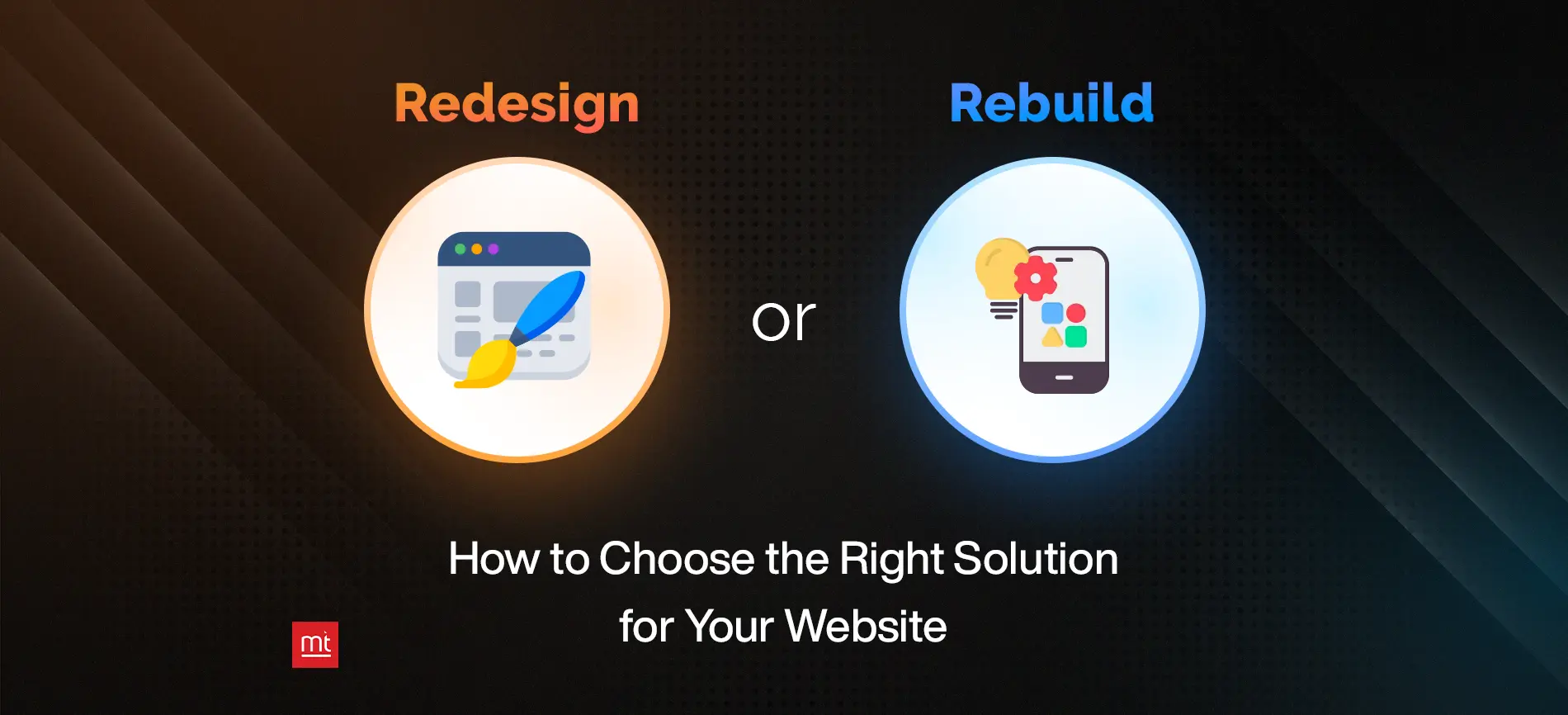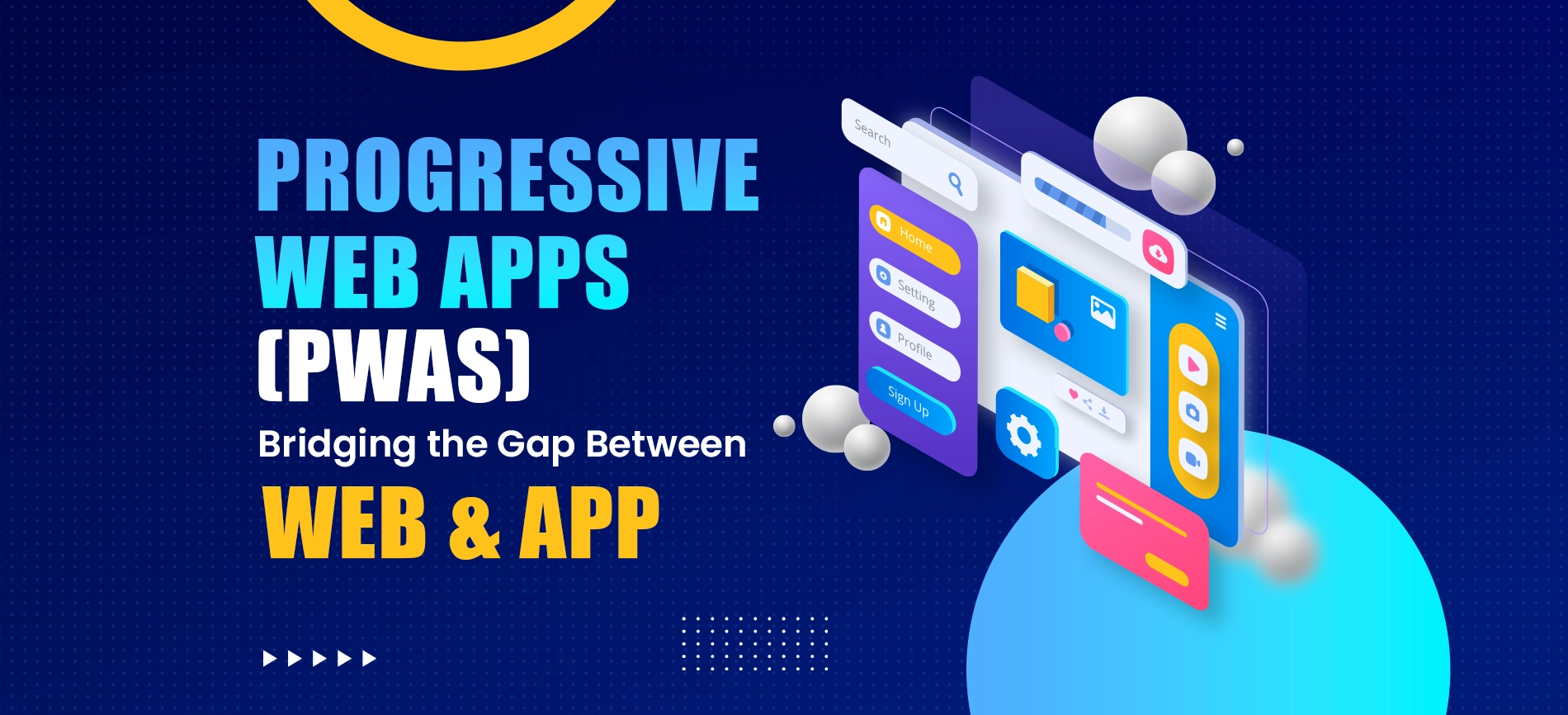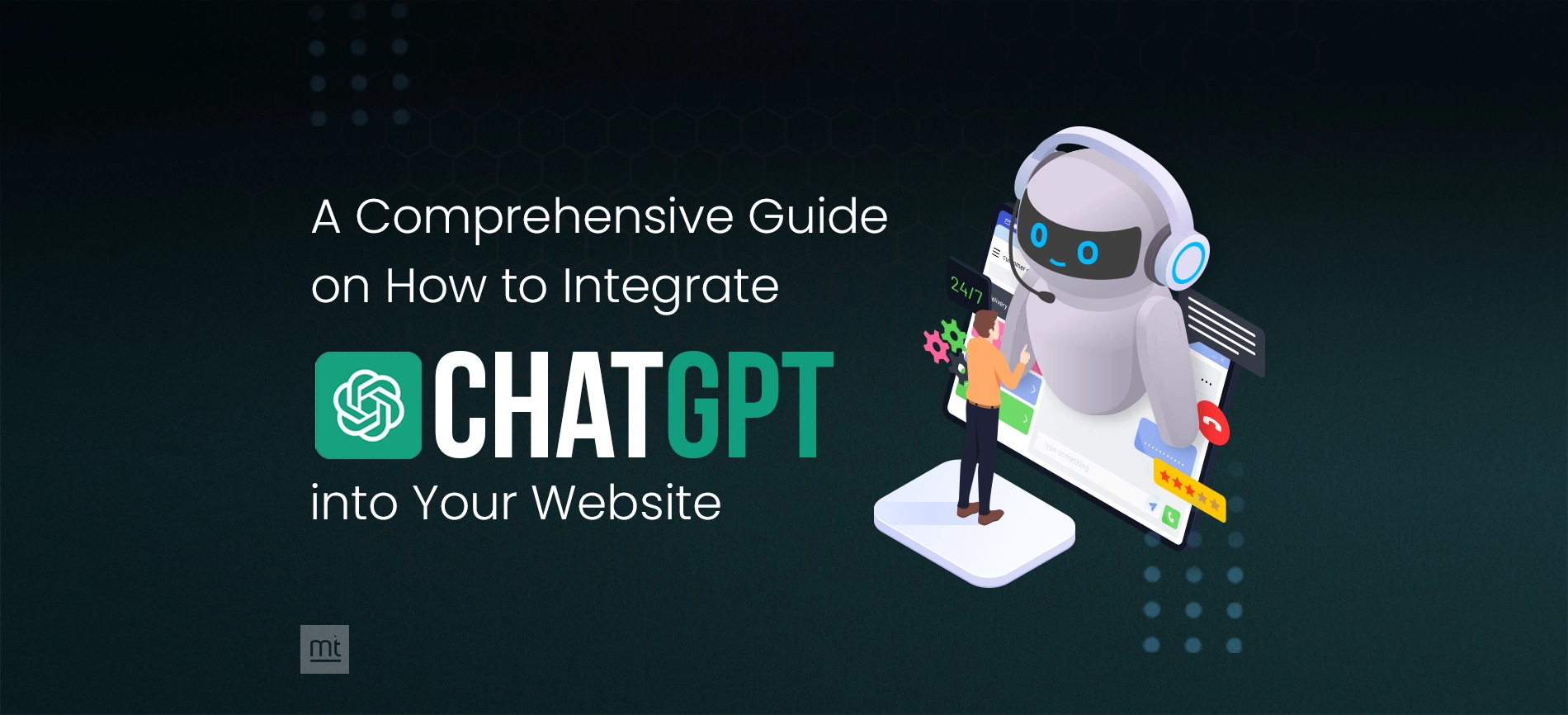Because of the advent of Web 3.0, you may ask Siri to set an alarm for an important meeting tomorrow or for directions to a new restaurant that has just opened. The internet is one of humanity’s greatest inventions, and it has profoundly changed our lives. Web 3.0, the third generation, has improved the experience even further by using cutting-edge technologies services from Microsoft gold certified web development company who has the expertise in Blockchain, machine learning, artificial intelligence that creates a data-driven internet.
Learn How It All Fell Into Coding To Reality
The semantic web’s main benefit is that it recognizes and interprets the data’s context and notion. As a consequence, when a user looks for an answer, web 3.0 provides the most accurate and relevant answer.
Google, Facebook, and Microsoft are just a handful of the few firms presently profiting handsomely off user data. “People have been abused by tech corporations-essentially, fooled into giving valuable data away with little or no recompense from the firms who gather and benefit from it. Web 3.0 will enable all of us to get rewarded for our time and data. Users will be able to sell their own data to advertising while maintaining control of privacy. In addition, Indian web development agencies that hold the fort of qualified engineers can enable websites and applications to make better use of data and personalize information to individual users.
The Foundation Of Web 3.0's
Web 3.0 is propelled by three new layers of technical innovation, whereas web 2.0 was largely driven by the advent of mobile, social, and cloud technologies.
- Computing at the edge
- Decentralization
- Machine learning and artificial intelligence
- Blockchain
Edge Computing
While web 2.0 modifies presently commoditized personal computer technology in data centers, web 3.0 is pushing the data center out to the edge and perhaps right into our hands. Phones, computers, appliances, sensors, and automobiles will create and consume 160 times more data in 2025 than they did in 2010.
Network of Decentralized Data
For instance, when you use your email and password to enter into an app, when you like a video, or when you ask Alexa a question, all of these behaviors are logged and analyzed by internet giants like Google and Facebook to target their adverts.
The existence of web 3.0 enables consumers to control their data. Decentralized data networks allow different data procedures to sell or exchange their data without losing ownership, jeopardizing privacy, or relying on middlemen. Using internet identity, you may log in securely without being traced.
Recommendation: The Digital Guardian Of The Future: Top Custom Software Development Trends
Machine Learning & Artificial Intelligence
Artificial intelligence and machine learning algorithms have progressed to the point that they can now make life-saving, predictions and actions. When constructed on top of growing decentralized data structures that provide today’s tech titans access to a multitude of data, the possibilities go far beyond targeted advertising.
Despite the fact that web 2.0 has comparable capabilities, it is still mostly human-based, allowing for corrupt behaviors such as biased product assessments, manipulated ratings, human blunders, and so on. This is artificial intelligence in action, which will if getting integrated into web 3.0. Which enables blogs and other online platforms to sift through data and tailor it to the tastes of each user.
Blockchain and Web 3.0
It’s impossible to tell whether blockchain and web 3.0 are the same things or not. In simple terms, blockchain together with other technologies such as IoT and AI redefines the data structures in the semantic web’s backend.
The blockchain is a decentralized state machine that uses smart contracts to operate. These smart contracts specify an application's logic for web 3.0. As a result, everyone who wants to create a blockchain application must use the shared state machine to do it.
The Architecture Of The Web 3.0
The architecture of web 3.0 is essentially comprised of four elements:
Ethereum Blockchain — A peer-to-peer network of nodes maintains these globally accessible state machines. The state machine may be accessed and written to by anybody on the globe. It is jointly owned by everyone in the network, rather than being held by a single entity. Users can write to the Ethereum Blockchain, but they will never be able to change anything that is already there.
Smart Contracts — These are Ethereum Blockchain-based apps. These are written in high-level languages like Solidity or Vyper by app developers to specify the logic underlying state changes.
The objective of the Ethereum Virtual Machine (EVM) is to execute the logic expressed in smart contracts. They analyze the state changes that occur on the state machine.
The front-end, like any other program, defines the user interface logic. It does, however, interact with smart contracts, which specify application logic.
Web 3.0's Benefits Web 3.0 will make the internet more intelligent, safe, and transparent, resulting in faster surfing and more effective machine-human interaction.
How Will Web 3.0 Enhance Business Operations?
Less emphasis on keywords: In web 3.0, keyword optimization will be less important. Rather than relying on keywords, marketers should generate multimedia content that is aware of customers' demands and questions.
Reduced "near me" inquiries: Because consumers know that the results will be relevant to their location automatically, there will be a significant drop in "near me" questions. As a result, they no longer include "near me" or zip codes in their search.
The popularity of Voice Search: as a result of Web 3.0, and people will begin to use digital assistants even more. As a result, optimizing for more detailed and long-tail inquiries will be crucial.
Hyper-Personalized Experiences: Web 3.0 will also see the rise of website development services which has experience of delivering hyper-personalized user-intent, which will replace traditional static websites with hyper-personalized experiences that vary their messaging and media formats depending on the visitor. The ability of web 3.0 to learn and think will emphasize this rich experience for users.
How To Leverage Data And Web 3.0
Businesses
Data is assisting organizations in expanding their markets, better serving current consumers, streamlining processes, and monetizing raw and processed data. The true value of data is out there, and businesses are only beginning to realize it. Those companies who are first through the digital transformation door will be the first to realize the value of their data.
Consumers
As consumers, data is allowing us to form more and deeper relationships, as well as access products and services more quickly and simply at our leisure. We can now stroll into a store and leave with our purchases, leaving a digital trail of our transaction (and maybe our face image), but never having to pull out a credit card or cash.
Embracing The Unknown With Web Development Agencies In India
Companies must guarantee that they are offering data and services that are real-time, on-the-go over any network, and customized as customers' expectations for digital experiences rise. With the enhancement of website development services, this is where the enterprise edge comes in. Whether it's for data analytics or just storing processed and intelligent data, the edge will play a bigger role in making the world more real-time.
We're on our way to an Internet where consumers have total control over their data and privacy while still allowing corporations to exploit it (or not). All of this will be made possible by blockchain technology.
As a consequence, from tailored search results to cross-platform development tools and the usage of 3D graphics, web 3.0 will speed the honest and transparent use of user data. The internet will become more immersive and interactive in the near future.
About Author
Subscribe to Our Newsletter!
Join us to stay updated with our latest blog updates, marketing tips, service tips, trends, news and announcements!




















